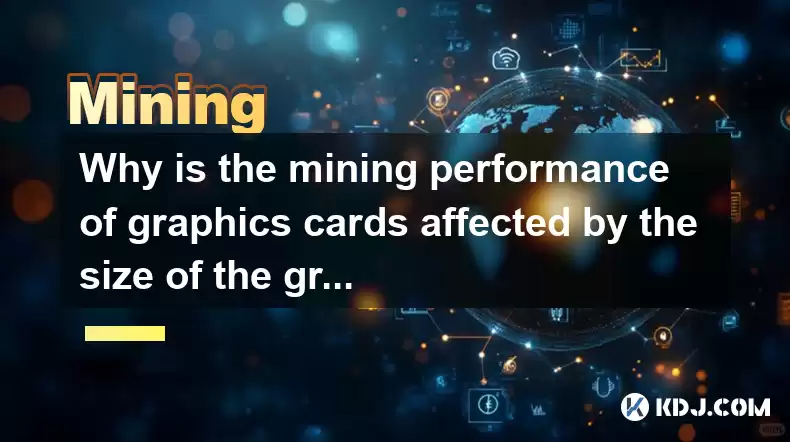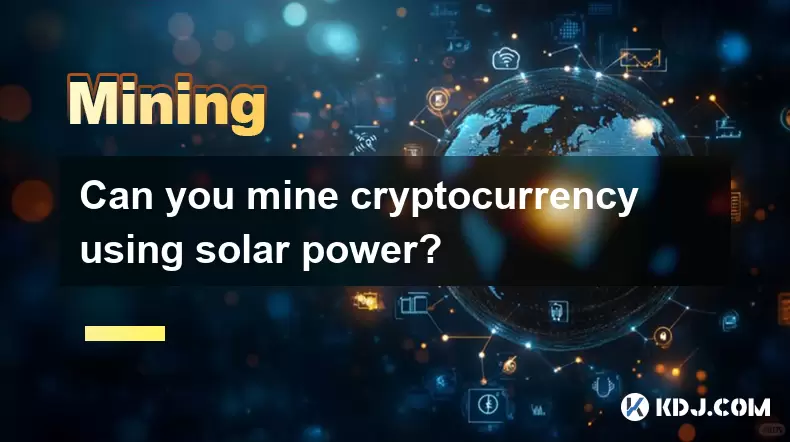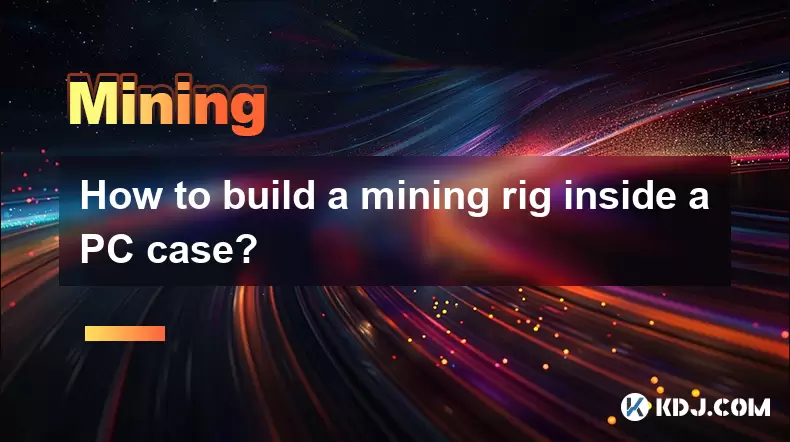-
 Bitcoin
Bitcoin $116400
0.87% -
 Ethereum
Ethereum $3819
3.86% -
 XRP
XRP $3.048
1.62% -
 Tether USDt
Tether USDt $1.000
0.03% -
 BNB
BNB $777.2
0.60% -
 Solana
Solana $169.3
0.46% -
 USDC
USDC $0.0000
0.02% -
 TRON
TRON $0.3414
2.06% -
 Dogecoin
Dogecoin $0.2126
3.33% -
 Cardano
Cardano $0.7527
1.21% -
 Hyperliquid
Hyperliquid $38.86
1.02% -
 Sui
Sui $3.683
5.27% -
 Stellar
Stellar $0.4048
1.45% -
 Chainlink
Chainlink $17.91
6.62% -
 Bitcoin Cash
Bitcoin Cash $576.9
1.29% -
 Hedera
Hedera $0.2487
1.03% -
 Ethena USDe
Ethena USDe $1.001
-0.01% -
 Avalanche
Avalanche $22.46
1.07% -
 Litecoin
Litecoin $120.8
1.69% -
 UNUS SED LEO
UNUS SED LEO $8.963
-0.30% -
 Toncoin
Toncoin $3.301
2.33% -
 Shiba Inu
Shiba Inu $0.00001250
1.13% -
 Uniswap
Uniswap $10.06
3.45% -
 Polkadot
Polkadot $3.731
1.56% -
 Dai
Dai $1.000
0.01% -
 Bitget Token
Bitget Token $4.416
1.58% -
 Cronos
Cronos $0.1482
3.73% -
 Monero
Monero $250.0
-12.34% -
 Pepe
Pepe $0.00001075
2.16% -
 Aave
Aave $274.6
4.17%
Why is the mining performance of graphics cards affected by the size of the graphics memory?
GPU VRAM size directly impacts cryptocurrency mining speed; larger VRAM enables faster processing of larger datasets, while insufficient VRAM forces slower system RAM usage, reducing efficiency. Algorithm and coin choice also affect VRAM needs, with memory-intensive coins requiring significantly more.
Mar 20, 2025 at 04:42 am

Key Points:
- Larger VRAM allows for processing larger batches of data simultaneously, leading to faster mining speeds.
- Insufficient VRAM forces the GPU to utilize slower system RAM, significantly reducing mining efficiency.
- Different cryptocurrencies have different memory requirements, impacting the suitability of GPUs with varying VRAM capacities.
- The type of mining algorithm also influences the importance of VRAM size. Memory-intensive algorithms are heavily reliant on large VRAM.
- Overclocking VRAM can improve performance, but carries risks of instability and damage.
Why is the mining performance of graphics cards affected by the size of the graphics memory?
The performance of a graphics card (GPU) in cryptocurrency mining is directly tied to its Video RAM (VRAM) capacity. VRAM acts as the GPU's short-term memory, storing the data needed for complex calculations involved in mining. The more VRAM a GPU possesses, the larger the dataset it can handle simultaneously. This directly translates to faster processing speeds and, consequently, a higher hashing rate, leading to more mined cryptocurrency.
Consider the process of mining. The GPU receives a portion of the blockchain data and performs intensive calculations to solve a cryptographic puzzle. This data needs to reside in the VRAM for quick access. If the dataset exceeds the available VRAM, the GPU has to resort to using the system's slower Random Access Memory (RAM). This process, called "paging" or "swapping," significantly slows down the mining process, drastically reducing the efficiency of the GPU.
The impact of VRAM size varies depending on the specific cryptocurrency being mined. Different cryptocurrencies utilize different mining algorithms, which have varying memory requirements. Memory-intensive algorithms, like those used for certain proof-of-work cryptocurrencies, demand significantly more VRAM than others. A GPU with insufficient VRAM might be completely unsuitable for mining certain cryptocurrencies, while performing adequately for others with less demanding algorithms.
For instance, mining Ethereum (prior to the merge) required substantial VRAM due to the algorithm's complexity. GPUs with 8GB or less VRAM struggled, while those with 12GB or more performed considerably better. Conversely, mining some less demanding coins might be feasible even with lower VRAM capacities. The algorithm dictates the VRAM needs; a larger VRAM capacity provides a larger buffer, enabling the GPU to handle more complex tasks and larger datasets simultaneously, resulting in improved mining performance.
Beyond the algorithm's inherent memory requirements, the efficiency of the mining software also plays a role. Well-optimized mining software can utilize VRAM more effectively, potentially mitigating the impact of smaller VRAM sizes to some extent. However, this optimization can only go so far; a fundamental limitation remains if the available VRAM is simply insufficient to handle the demands of the algorithm.
Furthermore, overclocking the VRAM can potentially boost mining performance. Overclocking increases the speed at which the VRAM operates, allowing for faster data processing. However, this comes with risks. Overclocking can lead to instability, data corruption, or even permanent damage to the GPU if not done carefully and within safe limits. It requires careful monitoring and understanding of the GPU's thermal and voltage limitations.
The size of the VRAM is not the sole determinant of mining performance. Other factors such as the GPU's core clock speed, power consumption, and cooling solutions also play significant roles. However, VRAM capacity acts as a critical bottleneck, often limiting the overall mining potential of a GPU, especially when mining memory-intensive cryptocurrencies. Choosing a GPU with sufficient VRAM is a crucial decision for anyone serious about cryptocurrency mining.
Common Questions:
Q: Can I mine cryptocurrency with a GPU that has less VRAM than recommended for a specific coin?
A: Yes, you can, but your mining performance will be severely limited. The GPU will frequently resort to using system RAM, significantly slowing down the mining process and reducing profitability. You might still generate some cryptocurrency, but at a much slower rate compared to a GPU with sufficient VRAM.
Q: How much VRAM is enough for cryptocurrency mining?
A: The required VRAM depends on the cryptocurrency and its mining algorithm. Some coins require only a few gigabytes, while others might need 12GB or more. Research the specific cryptocurrency you intend to mine to determine the recommended VRAM capacity.
Q: Does more VRAM always mean better mining performance?
A: While more VRAM generally leads to better performance, especially for memory-intensive algorithms, it's not the only factor. Other aspects, such as the GPU's core clock speed and cooling solution, also contribute to overall mining efficiency.
Q: What happens if my GPU runs out of VRAM during mining?
A: If the VRAM is full, the GPU will start using system RAM (paging). This process is significantly slower than using VRAM, resulting in a substantial drop in mining performance and potentially causing instability. The mining software might even crash.
Q: Can I upgrade the VRAM on my graphics card?
A: No, VRAM is integrated onto the GPU's memory chips and is not user-upgradeable. You would need to purchase a new graphics card with a larger VRAM capacity.
Q: Is it worth overclocking VRAM for mining?
A: Overclocking VRAM can potentially increase mining speed, but it carries risks of instability and damage to the GPU if not done carefully. It's crucial to monitor temperatures and voltages closely. The potential gains might not outweigh the risks for all users.
Disclaimer:info@kdj.com
The information provided is not trading advice. kdj.com does not assume any responsibility for any investments made based on the information provided in this article. Cryptocurrencies are highly volatile and it is highly recommended that you invest with caution after thorough research!
If you believe that the content used on this website infringes your copyright, please contact us immediately (info@kdj.com) and we will delete it promptly.
- Pi Coin's dApp and AI Potential: Building a Decentralized Future
- 2025-08-08 02:30:12
- Bitcoin, Greenidge, and Liquidity: Navigating the Crypto Currents in NYC
- 2025-08-08 02:30:12
- Crypto Phishing Alert: $3 Million USDT Loss Highlights DeFi Risks
- 2025-08-08 01:10:12
- Crypto Presale Mania: Is Punisher Coin the High ROI King?
- 2025-08-08 01:10:12
- Online Betting, Platforms & Crypto Access: What's Hot in 2025
- 2025-08-08 00:50:12
- Layer Brett: The Meme Coin Primed for 100x Gains?
- 2025-08-08 01:50:12
Related knowledge

What is "proof-of-work" and how does it relate to mining?
Aug 07,2025 at 02:03pm
Understanding the Concept of Proof-of-WorkProof-of-work (PoW) is a consensus mechanism used in blockchain networks to validate transactions and secure...

What are the differences between mining on Windows vs. Linux?
Aug 06,2025 at 11:29pm
Overview of Cryptocurrency Mining PlatformsCryptocurrency mining involves using computational power to solve complex cryptographic puzzles and validat...

How to use an old computer for cryptocurrency mining?
Aug 07,2025 at 12:42pm
Understanding the Feasibility of Using an Old Computer for MiningUsing an old computer for cryptocurrency mining may seem outdated, but it is still te...

Can you mine cryptocurrency using solar power?
Aug 07,2025 at 12:00am
Understanding the Basics of Cryptocurrency MiningCryptocurrency mining involves validating transactions on a blockchain network by solving complex cry...

How to build a mining rig inside a PC case?
Aug 06,2025 at 11:01pm
Understanding the Basics of a Mining Rig in a PC CaseBuilding a mining rig inside a PC case involves transforming a standard computer chassis into a d...

What are the best cryptocurrencies to mine with an ASIC?
Aug 08,2025 at 01:22am
Understanding ASIC Mining and Its Role in CryptocurrencyASIC stands for Application-Specific Integrated Circuit, a specialized hardware designed to pe...

What is "proof-of-work" and how does it relate to mining?
Aug 07,2025 at 02:03pm
Understanding the Concept of Proof-of-WorkProof-of-work (PoW) is a consensus mechanism used in blockchain networks to validate transactions and secure...

What are the differences between mining on Windows vs. Linux?
Aug 06,2025 at 11:29pm
Overview of Cryptocurrency Mining PlatformsCryptocurrency mining involves using computational power to solve complex cryptographic puzzles and validat...

How to use an old computer for cryptocurrency mining?
Aug 07,2025 at 12:42pm
Understanding the Feasibility of Using an Old Computer for MiningUsing an old computer for cryptocurrency mining may seem outdated, but it is still te...

Can you mine cryptocurrency using solar power?
Aug 07,2025 at 12:00am
Understanding the Basics of Cryptocurrency MiningCryptocurrency mining involves validating transactions on a blockchain network by solving complex cry...

How to build a mining rig inside a PC case?
Aug 06,2025 at 11:01pm
Understanding the Basics of a Mining Rig in a PC CaseBuilding a mining rig inside a PC case involves transforming a standard computer chassis into a d...

What are the best cryptocurrencies to mine with an ASIC?
Aug 08,2025 at 01:22am
Understanding ASIC Mining and Its Role in CryptocurrencyASIC stands for Application-Specific Integrated Circuit, a specialized hardware designed to pe...
See all articles

























































































